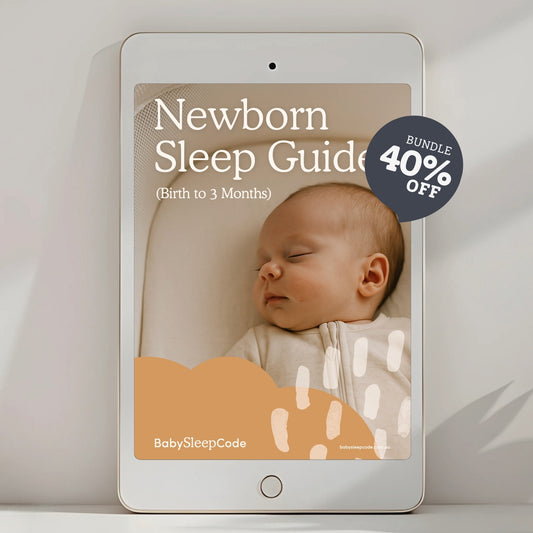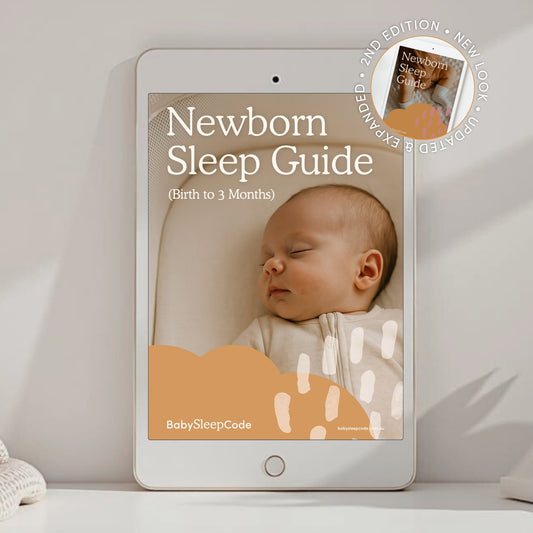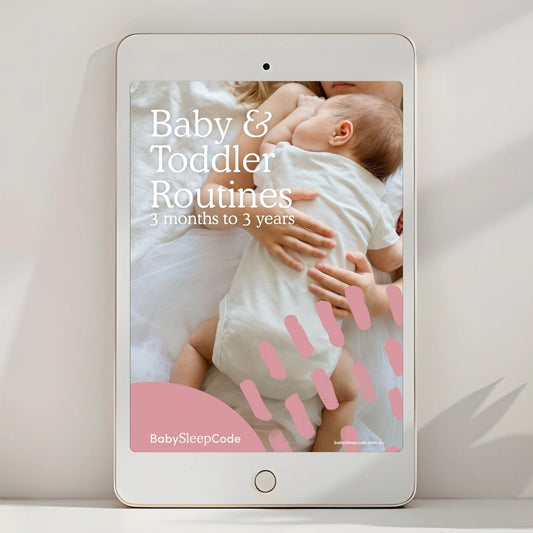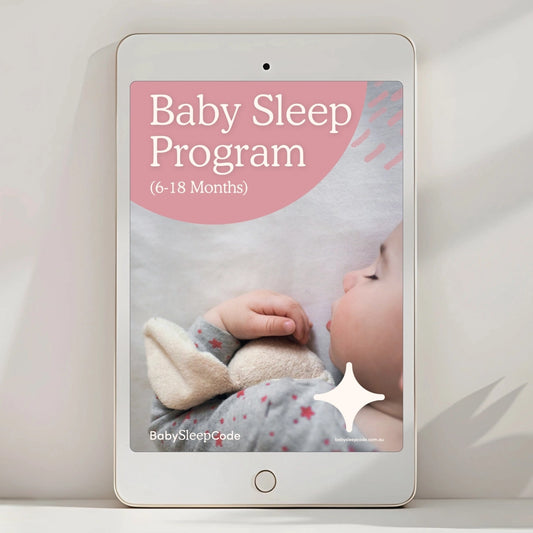In the world of baby sleep, wake windows are a hot topic. While many parents and sleep experts swear by them (us included), there are also naysayers dismissing them as not being 'evidenced based'. So, are wake windows truly grounded in science, or is it all just a myth? Let’s explore what the research reveals.
What are wake windows?
‘Wake windows’ is a term used to describe the optimal amount of time your baby should be awake between naps, adjusted based on their age. The idea is to find that sweet spot—not too long, not too short—so your baby is ready for a restful nap or a full night’s sleep. But where does this idea come from, and is it truly backed by science?
The science behind wake windows
The concept of wake windows is rooted in sleep pressure, a biological process driven by the chemical adenosine.
Adenosine is a naturally occurring chemical in the brain that plays a crucial role in regulating sleep. As your baby stays awake, adenosine gradually builds up, creating what is known as a felt "sleep pressure" or "drive to sleep." This sleep pressure is what helps your baby feel tired and ready to nap or sleep at night. The longer your baby is awake, the more adenosine accumulates, increasing the need for sleep.
When adenosine levels are high, your baby will feel drowsy and find it easier to settle into a deep restorative nap. However, if you try to put your baby down for a nap too early—before enough adenosine has built up—they may not be tired enough to sleep deeply. This often results in a short cat nap, as the low level of adenosine doesn’t provide sufficient sleep pressure to sustain a longer period of rest.
But if your baby stays awake too long, cortisol (the stress hormone) begins to build up, which can dilute the effects of adenosine leading to restless, fragmented sleep.
When your baby is in a deep sleep, whether during a nap or at night, adenosine levels gradually decrease again. This reduction is why we wake up feeling refreshed after a good night’s sleep. For your baby, ensuring they have just the right amount of adenosine built up before naps and bedtime can make all the difference between a short, restless sleep and a long, restorative one.
As babies grow, their wake windows gradually increase, allowing them to stay awake longer between naps without getting overtired.
So why do some people say wake windows aren't evidence based?
This is simply because there isn’t a specific study identifying the ideal timing for each age. As economist and data expert Emily Oster points out, conducting such a study would be extremely difficult. In her words, “The combination of the difficulty defining the outcome, the probable difficulty of getting parents to adhere to the treatment, and the challenge of even defining what, precisely, the treatment is" would make this research nearly impossible to conduct.
This lack of specific studies doesn’t invalidate the concept of wake windows though. For parents, the proof is in the results—age-appropriate wake windows help set the stage for better naps, smoother nights, and more rested families.
"I bought this guide when my baby was 3wo. It changed everything, more predictable days and a happier baby. The routines are necessary and it’s amazing how awake windows are right on the spot! Since my baby was 10wo started to sleep all night without feeds!" Diana (Newborn Sleep Guide)
"I bought these routines when my baby was 3 months old as the wake windows we were trying to follow just weren't working anymore. I had been tracking my baby's sleep in an app and she would just cat nap all day, now that we've been following these proper routines for a few weeks my baby sleeps so much better, and is finally having long naps in the day! Thank you!" Talia (3 Month Old Routines)
The wake windows we recommend are based on what we know about sleep pressure, baby sleep cycles, and our extensive experience helping thousands of families find sleep success.
So, in summary, are wake windows evidence-based?
Absolutely. While specific studies on ideal wake windows might be lacking, the science behind sleep pressure, combined with practical experience, confirms their effectiveness. Wake windows help parents navigate the delicate balance between too little and too much awake time, leading to better sleep outcomes for their babies.
It’s common for well-meaning relatives to comment things like, "Just keep the baby up longer, they'll sleep better!" or "they don't look tired." But these tips often miss the mark. By following age-appropriate wake windows, you’re setting your baby up for more consistent and restful sleep.
Ultimately, wake windows offer a research-informed, time-tested framework that can provide much-needed relief for sleep-deprived parents. Whether you follow them strictly or use them as a guideline, they’re a valuable tool in fostering healthy sleep habits from the start.






